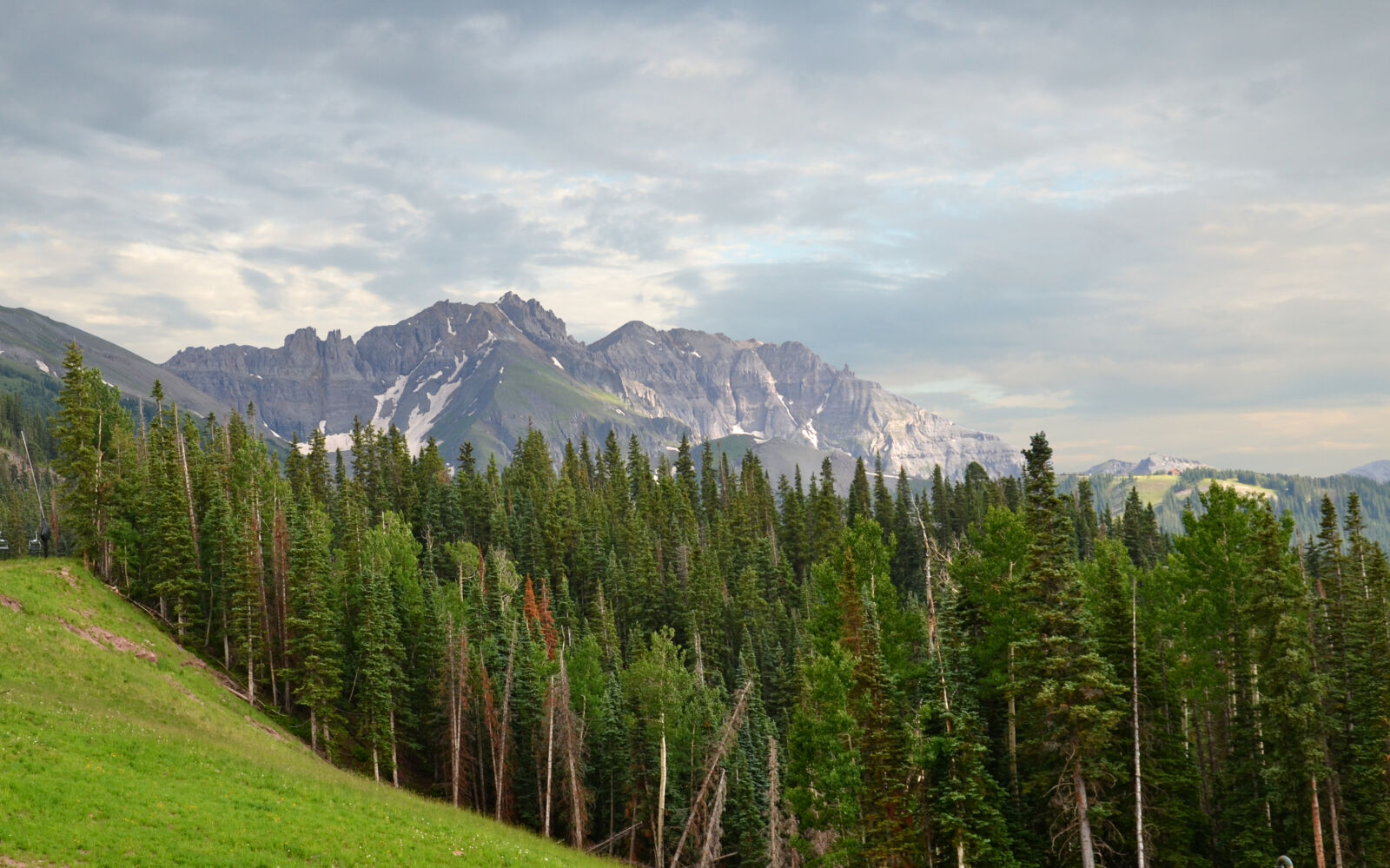An unprecedented gathering of Colorado’s land managers, natural resource partners, utility providers and nonprofit organizations have selected Southwest Colorado to be the focus of a new effort to increase the resilience of Colorado’s forests and communities.
A diverse group of 30 organizations have joined forces as the “Rocky Mountain Restoration Initiative” to explore places where they can pool resources to make transformational differences in protecting the things Coloradans value most: recreation opportunities, water resources, communities, forests and wildlife habitats.
The group unanimously selected the Southwest Colorado Project, which encompasses nearly 750,000 acres along Colo. Highway 160, including the towns of Cortez, Dolores, Mancos, Durango and portions of the San Juan National Forest.
This project really stood out to us because it’s in a place where we can move the needle quickly. Collaborations already exist on the ground to get work done on a large scale; also, there is an existing wood-products industry and social license to utilize all tools, including prescribed fire.
The Rocky Mountain Restoration Initiative was born when Colorado was selected as a pilot location by the National Wild Turkey Federation and the USDA Forest Service to showcase the USDA’s Shared Stewardship Strategy — a national effort to plan and implement work across public and private lands. In July, the newly-formed Initiative, representing interests from across Colorado, chose three priority areas — southwest Colorado, the central Front Range, and the I-70 corridor.
Stakeholders in these priority areas teamed up and proposed projects where a collective investment in time, talent and resources could make a significant difference in the ability of a community and its surrounding environment to withstand the impact of an unplanned fire. Projects could simultaneously address multiple goals in a given area: restoring forests, enhancing recreation opportunities, protecting waterways and improving wildlife habitat.

“Thoughtful community-driven forest health solutions and collaborative partnerships are imperative to the success of sustainable outdoor recreation, tourism, and economic development,” said Samantha Albert, Deputy Director of Colorado Outdoor Recreation Industry Office.
The selection of the Southwest Colorado Project is just the beginning of the collaborative planning process. Next steps include holding a series of meetings to determine funding opportunities and barriers that need to be addressed; refining proposals; and developing a strategic plan for moving forward.
“We are grateful for the time and commitment the partners and project teams dedicated to selecting a key landscape,” said Tom Spezze, national director of conservation partnerships for the National Wild Turkey Federation. “Now, we’re looking forward to rolling up our sleeves and getting to work!”
The Southwest Colorado Project is expected to take up to a decade to fully plan and implement.
Two additional projects received significant consideration — the Upper South Platte and Upper Arkansas Valley — and the group expressed interest in continuing to engage with these projects. The Upper South Platte near Bailey, Conifer and Evergreen represents one of the most at-risk places in the state with its high-density population and a water supply that serves millions of people. The Upper Arkansas Valley holistically tied together the ecology, industry and recreation values of the area in a science-based approach to forest management.
The value of our forests in Colorado can’t be understated. They provide millions of residents with clean water, outstanding recreation opportunities, community connections, wildlife habitats and many other benefits.
Other project proposals included the I-70 corridor from Evergreen to Georgetown; Summit and Eagle Counties; the Pikes Peak area; and the Conejos Peak area in the San Luis Valley.
“It was fantastic to see not only the variety of proposals that were submitted but the overall thought and collaboration that was included within each proposal,” said Molly Pitts, executive director of the Colorado Timber Industry Association.
All the project proposals identified significant barriers to working at a greater pace and scale. These included a variety of issues, from the high cost of doing work in some places, to social acceptance of forest management and prescribed fire, to lack of a wood-products industry and workforce.
“The Initiative has provided a viable collaboration that will help eliminate some of the barriers and increase support at the local-level for forest stewardship projects,” said Clint Evans, State Conservationist for the Natural Resources Conservation Service in Colorado. “Our collaborative efforts at the state level will enable local conservation partners to get work done on a larger scale that crosses numerous boundaries and improves forest health, protects water quality and wildlife habitat as well as enhances opportunities for the forest products industry and outdoor recreation in Colorado.”
“We applaud the hard work and collaborative effort of the Rocky Mountain Restoration Initiative,” said Dan Gibbs, Colorado Department of Natural Resources executive director. “Improving forest health and protecting communities, watersheds and wildlife habitats requires significant resources and partnerships. While the Southwest Colorado Project rose to the top, we know there is a lot more work to do across Colorado and look forward to harnessing the best practices and methods of this process for more Colorado communities.”

